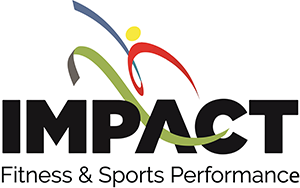Today’s technology has provided the means necessary to make productivity more efficient than ever. While this may allow forms of communication to be convenient, such as emails or rather going to the store, you can simply get a package at the doorstep; this has also led to decreased movement in the western culture. As a result, our bodies and a tissue that outlines and effect our muscles called fascia becomes tight, our cortisol levels skyrocket, and our immune systems weaken. Fast forward a few months, you have high blood pressure and anxiety and always thinking about how you are feeling as opposed to the actual circumstance and the action or discipline that needs to take place to actually improve the situation. So What is the solution to fighting the demanding sedentary lifestyle in the workforce?
Before we can answer that question, one must understand fascia slightly better. Fascia in itself is like a giant, interconnected chain throughout the body from the head to the toe. Releasing one area will unlock several others. You have three types of the facia, deep, visceral, and superficial. Deep fascia is what we’re going to discuss today, as it plays a major role in how the muscles function. Deep fascia contains and has receptors that communicate pain, proprioception, and various feedback loops to your brain. Similar to the muscle, deep fascia can relax, contract, and even cause hypertrophy.
Understanding how to move efficiently in multiple planes of direction. That is, frontal, sagittal, and transverse can improve the efficiency of this complex system .
As I get older in my training, one particular aspect that I am becoming more aware of is the importance training variety. An example of an application would be to increase the focus on dumbbell side lunge and turkish get-ups while decreasing your attention on what your numbers are in the big three lifts; or the squat, deadlift, and bench. You see, just like a muscle, fascia responds to training. Fascia can thicken and increase in density. At first, this can be of great benefit as fascia holds every muscle in place. But too much of anything can be bad, and as you get older, this can become a crutch, and the body starts to move more stiffly than with fluidity. Stress, whether psychological or physiological in particular, will cause the fascia to tighten up. Training in multiple planes will counteract this, thus allowing the muscle architecture to be designed to move more freely, thereby inhibiting many of the negative effects of stress. When you decrease the negative effects of stress, you are essentially training for longevity. For more information on how to train for long term development, click on this link. https://www.youtube.com/watch?v=6WqO7Sxy9Hg

